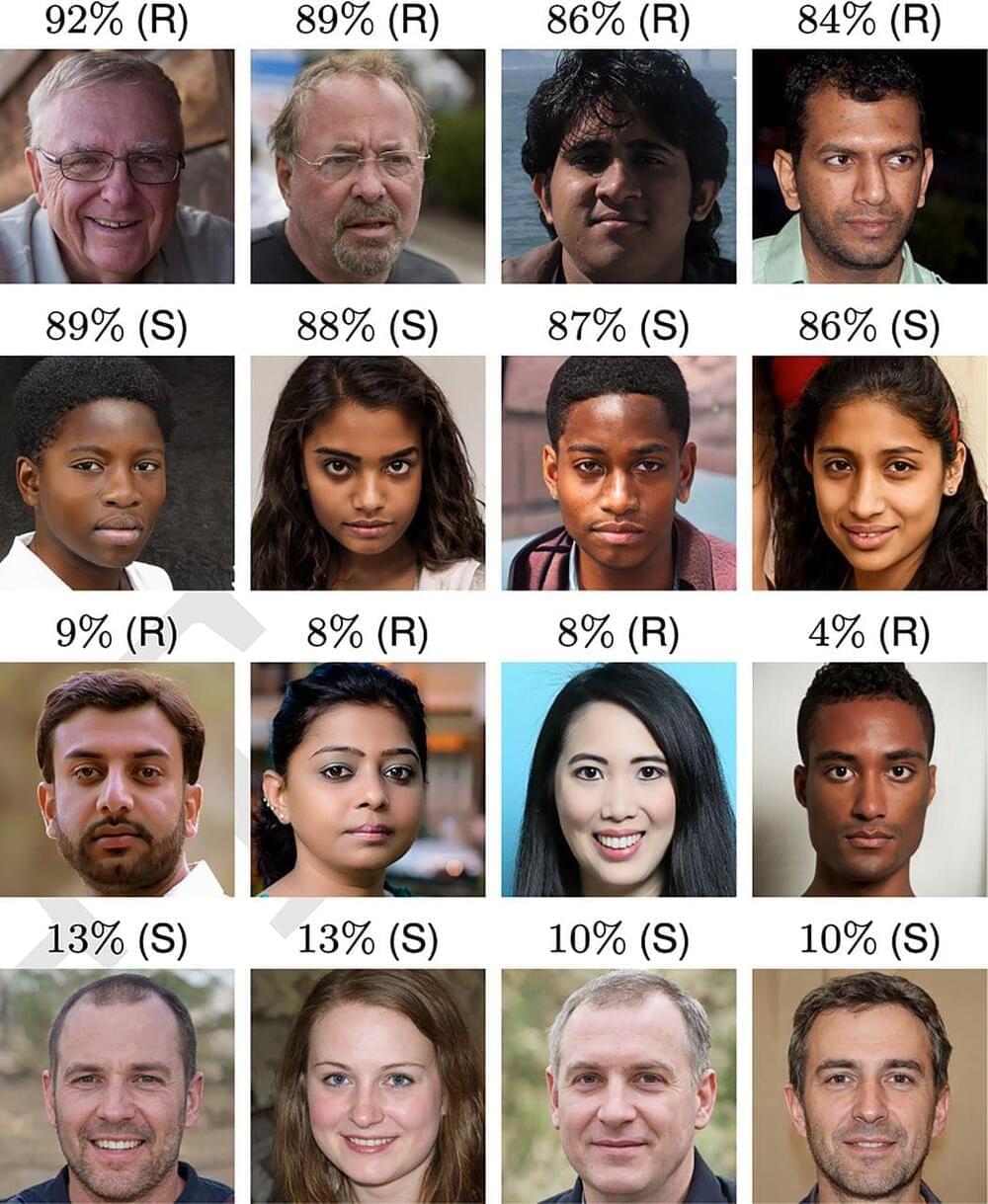The discovery may be the strongest evidence yet that people reached the Americas thousands of years earlier than many archaeologists thought.
Between 23,000 and 21,000 years ago, people squished through the mud along a lakeshore in what is now New Mexico, alone and in small groups, leaving behind their footprints. Or at least that’s the conclusion of a new paper that Oregon State University, Corvallis, archaeologist Loren Davis calls “potentially groundbreaking.” If the dates are right, the discovery would be the strongest evidence yet that people reached the Americas during the middle of the last ice age, thousands of years earlier than many archaeologists thought.
“If that’s true … it’s going to be a revolution in the way that we think about archaeology in the Americas,” says Davis, who wasn’t involved with the work. It might reignite debates about how people first reached the continent from Asia. But Davis and others would like corroboration of the surprising dates before they rewrite their understanding of when and how people arrived.
During the maximum extent of the last ice age, from about 26,500 to 19,000 years ago, land connected Russia and Alaska, allowing people to settle the now mostly submerged region archaeologists call Beringia. But glaciers covered much of Canada, blocking the way south into what’s now the continental United States and beyond. Archaeologists once thought the first people arrived in the Americas by walking through a corridor that opened between the glaciers by about 13,500 years ago. In recent decades, however, data from multiple sites have suggested people were in the Americas at least 16,000 years ago, leading many researchers to suspect that the first arrivals skirted the ice by traveling down the Pacific coast by boat.






